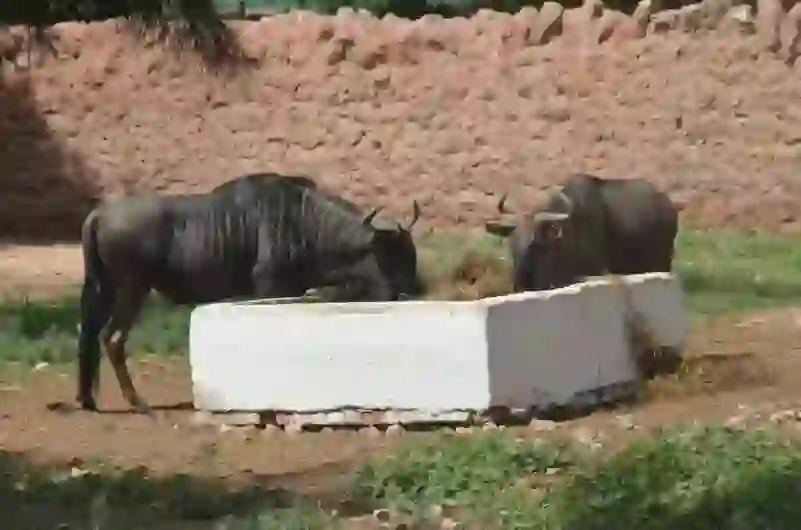
Wildebeest
Wildebeest
Wildebeest
Do you know a herbivore called wildebeest, which looks like a cow in Africa? Perhaps the most famous thing about the wildebeest animal is the annual "Great Wildebeest Migration". You may have seen on TV a huge herd of wildebeests running across the African soil and crossing the river with the determination to die. Let's take a peek at the characteristics and secrets of wildebeest in this article and their lives together!
Wildebeest Basic Infomation
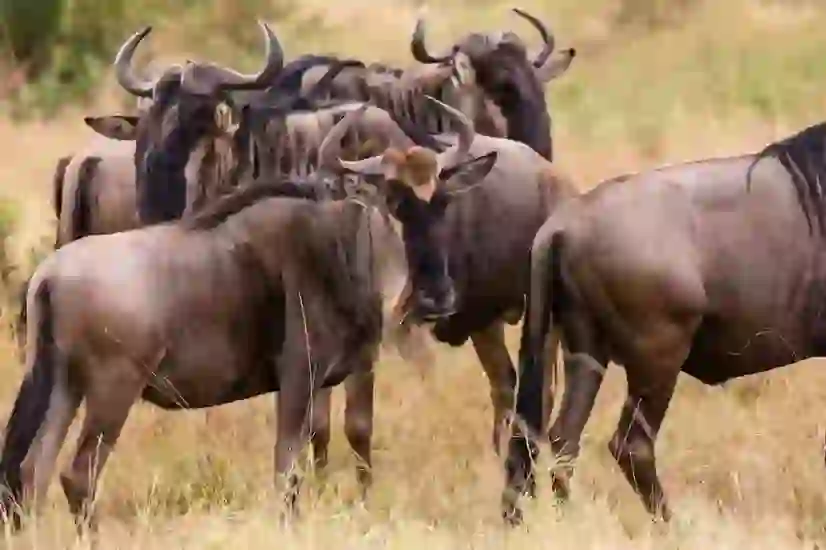
Mammalia-Cetartiodactyla-Bovidae-Wildebeest genus.
Blue wildebeest. Length:190~210cm. Weight:150~250Kg.
Wildebeest is a species of herbivore that lives in Africa.
It can be roughly divided into two types, "blue wildebeest" and "black wildebeest", but in this article, we will mainly talk about blue wildebeest.
The blue wildebeest is an animal of the bovid family, but it is classified as a member of the family of antelopes, which are closer to animals such as oryx and impala than cattle.
It looks like a cow because of its large upper body and head, but on the other hand, its thin lower body makes it unreliable and looks somewhat poor.
However, the body is very strong and can run at speeds of up to 65 km / h. Therefore, they have the stamina to travel long distances of 1600 km in one year.
The body color of the blue wildebeest is dark blue-gray to dark gray, with mane-like hairs on the neck, whisker-like hairs on the throat, and black hairs on the tail.
They usually live in herds of 10 to hundreds of animals, but only during the Great Migration they form huge herds of several million heads.
The gestation period of the blue wildebeest is about 8 months, and female wildebeests often give birth from February to March, and usually one baby is born per birth.
Blue wildebeest babies stand up within a few minutes of birth, and after about 30 minutes, they start walking behind their mothers.
Babies join the herd a few days after birth, and about six months after birth, they are challenged by the harsh migration.
Wildebeest Q&A

Where does the name wildebeest come from?
There are various theories about the origin of the slightly unusual name wildebeest.
Typical theories include the Afrikaans word for "wild beast" and the word for the "loud snorting sound" of the natives.Unfortunately, it is still unclear which theory is correct.
By the way, in English, blue wildebeest is called "blinded gnu" and black wildebeest is also called "white tailed gnu".
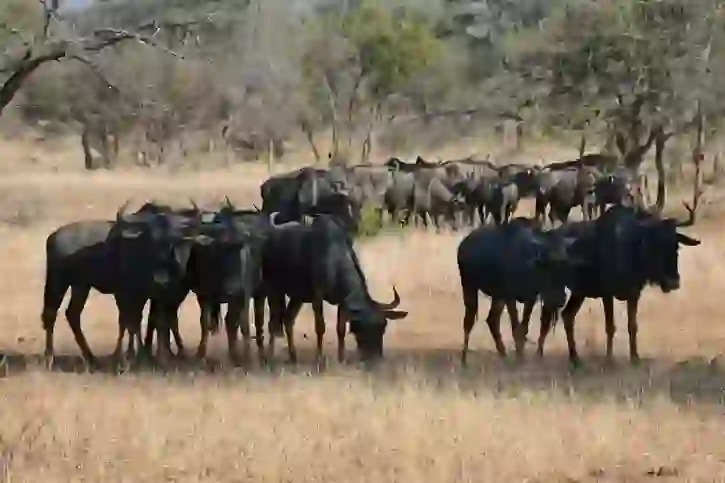
Why do wildebeests live there?
Blue wildebeest lives in the grasslands and open forests of Kenya from northern South Africa, and black wildebeest lives in the grasslands of South Africa.
It is unclear why wildebeests live around South Africa.
However, considering that most of the antelopes, which are members of the wildebeest, live in Africa, Africa may be a comfortable place to live for antelopes, including wildebeests, with enough food and land.
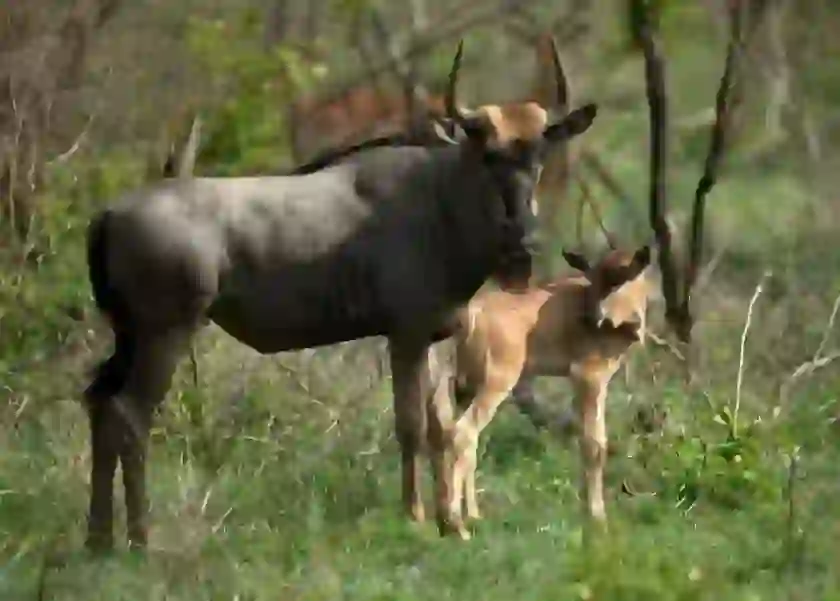
What does wildebeest eat?
Wildebeests are herbivorous animals, feeding on any plants that grow in the steppes and savannahs.
It is said that wildebeests especially like plants of the grass family, but it is known that zebras also like to eat the same grass. However, zebras prefer the tip of the grass and wildebeest prefer the bottom of it, so they can live in the same place without fighting over food.
Therefore, in Africa, wildebeests and zebras, as well as herbivores such as impalas and gazelles, are often seen forming herds.
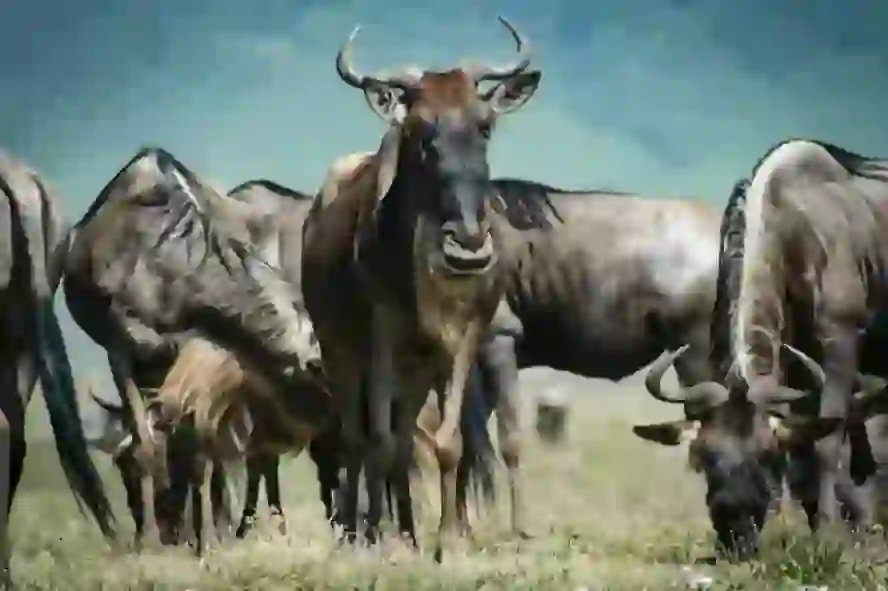
Why do wildebeests form large herds and travel long distances?
The blue wildebeests form large herds every year and are known as a specialty of the animal kingdom for their long-distance migration across the land of Africa.But why do blue wildebeests bother to form large herds and make such long journeys?
The purpose of the blue wildebeest to form large herds and make long-distance migrations is to obtain fresh, nutrient-rich grass and water.
The wildebeests form large herds of more than 1 million animals and migrate long distances between the Masai Mara in Kenya and the Serengeti in Tanzania.Sometimes more than 200,000 Grant zebras seem to mix, and they continue to push for a daunting 1600 km distance.
The blue wildebeests leave the Serengeti in late April and May and spend the time in the Masai Mara from the second half of July to mid-September.
Then, around October, we start to move towards the Serengeti again, but there are many dangers associated with long-distance travel at this time.
The place where the blue wildebeest is most likely to die is the "Mara River", a very large river between Kenya and Tanzania.
You have to cross the Mara River to reach your destination, but there are plenty of crocodiles and lions waiting to catch blue wildebeests and zebras crossing the river.
In addition, there are many wildebeests who drown because they run out of strength or break their bones in the middle of the river, and it is said that more than 6,000 wildebeests die in the Mara River every year.
Drowned wildebeests are thought to be food for crocodiles and fish, as well as dissolving in river water to become nutrients for rivers and nutrients for the African land itself.
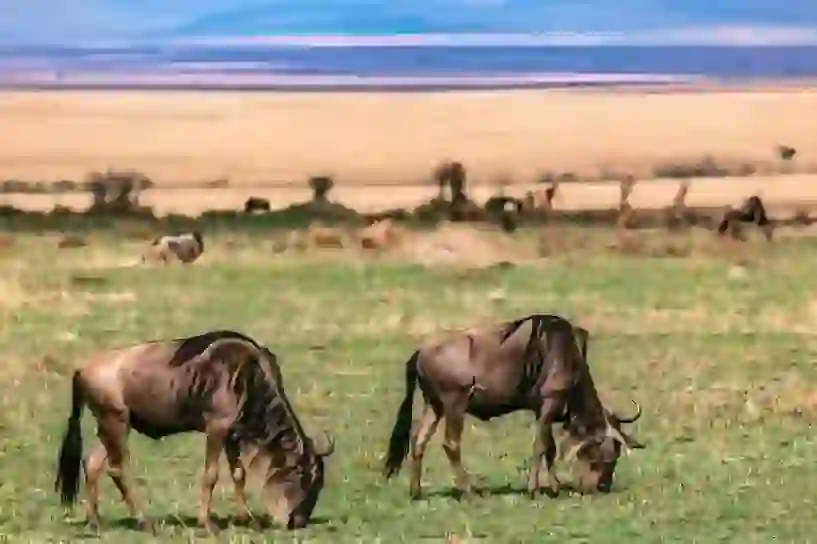
What is the difference between blue wildebeest and black wildebeest?
By the way, are there any differences between blue wildebeest and black wildebeest other than the color of the tail?
These two species are very close animals, but there are some differences. First, blue wildebeests make long-distance migrations every year to seek fresh grass and water, but black wildebeests do not have such a tendency.
The weight is heavier in the blue wildebeest, about 150~250Kg.
On the other hand, the weight of black wildebeest is said to be about 110~160Kg.
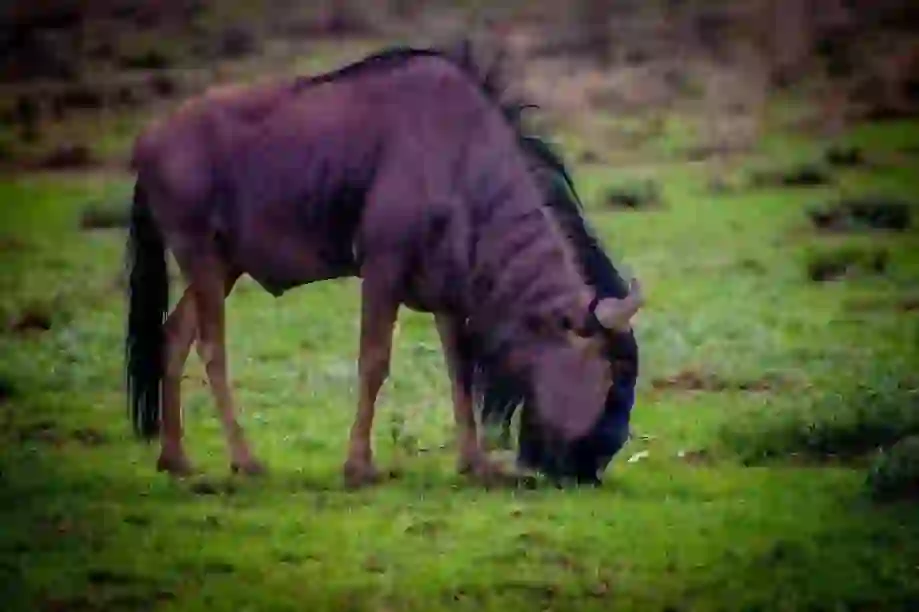
What kind of personality does a wildebeest have?
Probably because the blue wildebeest is targeted by many carnivores, it is said that it has a timid and nervous personality.
But the blue wildebeest always forms herds and lives with its fellows.
Blue wildebeests originally have a habit of imitating the movements of their peers and acting in the same way, and it seems that the whole herd lives in a state where the whole herd has one intention, rather than each animal having a personality or personality.
Therefore, when one of them finds a natural enemy, the information is transmitted to the herd in no time.
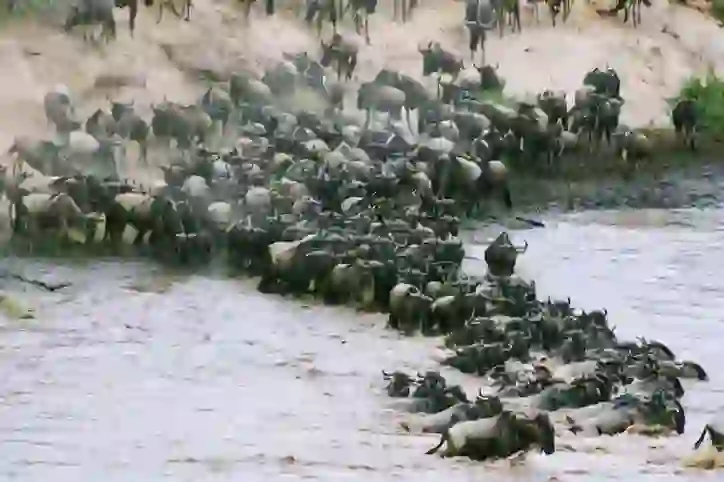
Can wildebeests be kept as pets?
When breeding rare animals at home, it is necessary to follow the laws established by the country. This time, we will introduce whether wildebeest can be bred at home in Japan.
Wildebeest is an animal of the bovid family, and is not a "specific animal" with conditions for keeping, nor is it an animal listed in the Washington Convention. Therefore, the possibility remains that you can keep wildebeests as pets at home in Japan.
However, in order to prevent infectious diseases such as foot-and-mouth disease and cattle disease, quarantine and inspection of bovine animals are very strict when importing and exporting. Therefore, in reality, it can be said that it is very difficult to import and purchase wildebeest for the purpose of keeping it as a pet.
By the way, in Africa, it seems that wildebeest is sometimes bred for food.
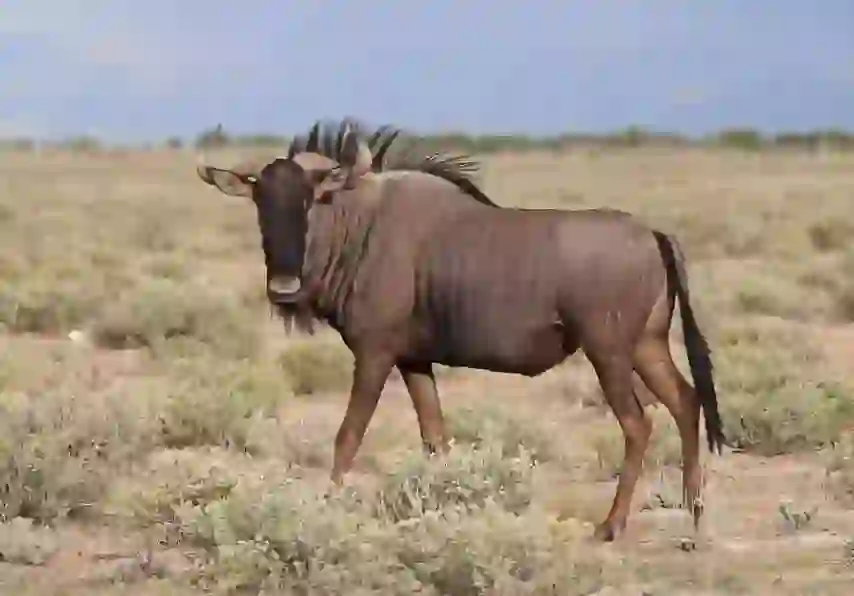
Is there a place to see wildebeest in Japan?
In Japan, blue wildebeest are bred in Himeji Central Park in Hyogo Prefecture and Izu Animal Kingdom in Shizuoka Prefecture.
Black wildebeests used to be bred in several zoos, but as of May 2021, there seems to be no facility that keeps them.
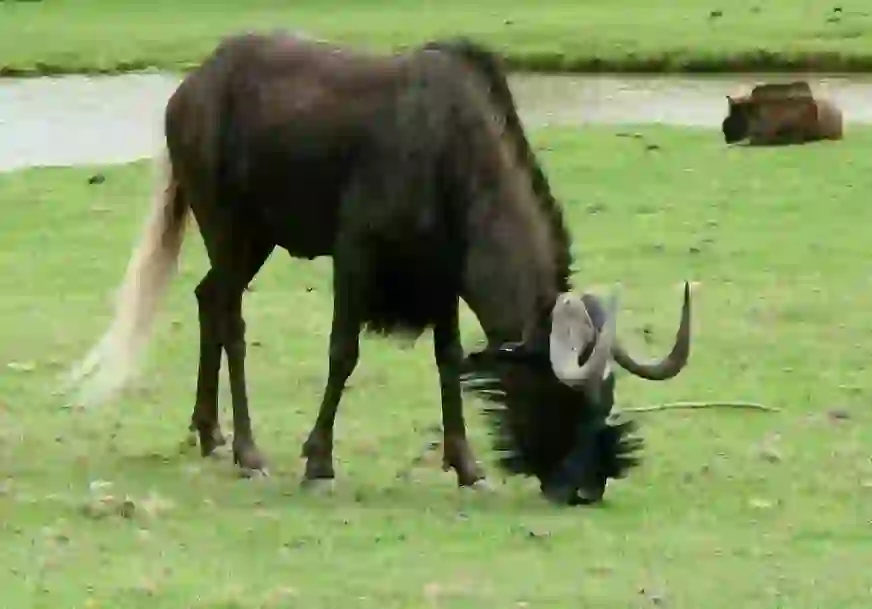
What is the lifespan of a wildebeest?
The lifespan of wildebeest in the wild is thought to be about 18~20 years.
However, it is often eaten by carnivores or drowned during the Great Migration, and it is thought that not many individuals can complete their lifespan.
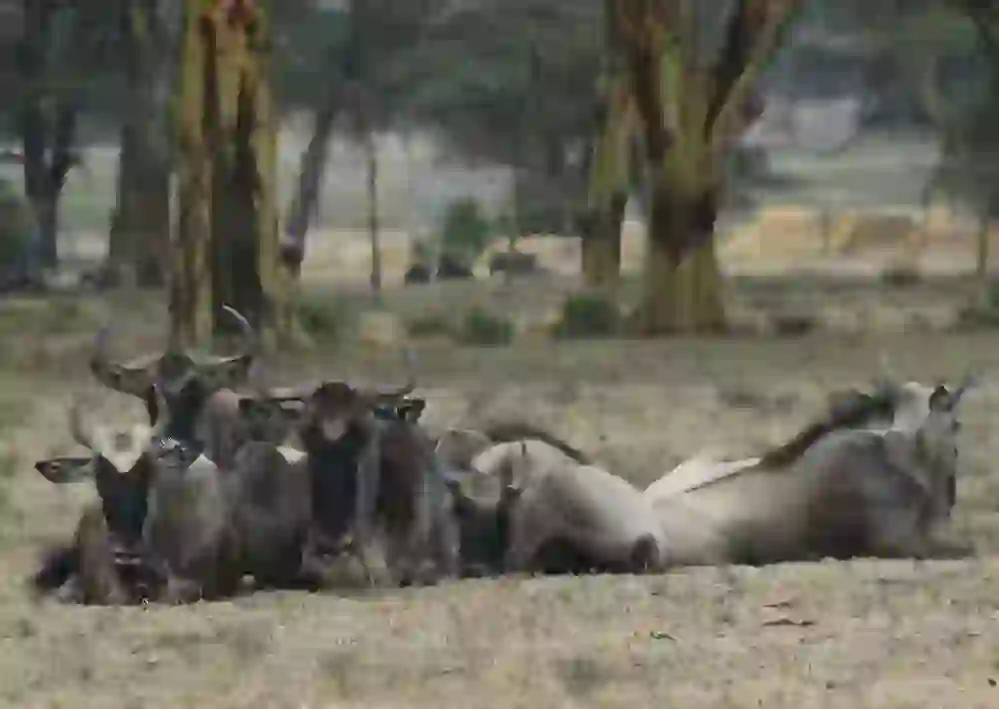
What enemies does wildebeests have?
Natural enemies of wildebeest in the wild are all carnivores, such as lions, cheetahs and hyenas.
However, for wildebeests, the biggest enemy may be us humans.
In Africa, many wildebeests have been caught for food and trophy hunting.
In particular, black wildebeests have been overfished as vermin that can transmit diseases to domestic cattle in addition to meat and skin.
As a result, black wildebeests once became extinct in the wild, but they succeeded in introducing individuals raised on farms into the wild, and their numbers are increasing.
Currently, both blue wildebeest and black wildebeest are not in a situation where there is a concern about extinction. However, if habitats and migration routes are destroyed in any way, it may have a significant impact on their lives.

Would you like to become a part of the 'Animalbook.jp'?
Turn your knowledge into Q&A and share it with the world. ※Publication will be activated after purchase. Let's share information together!
Wildebeest Type of List
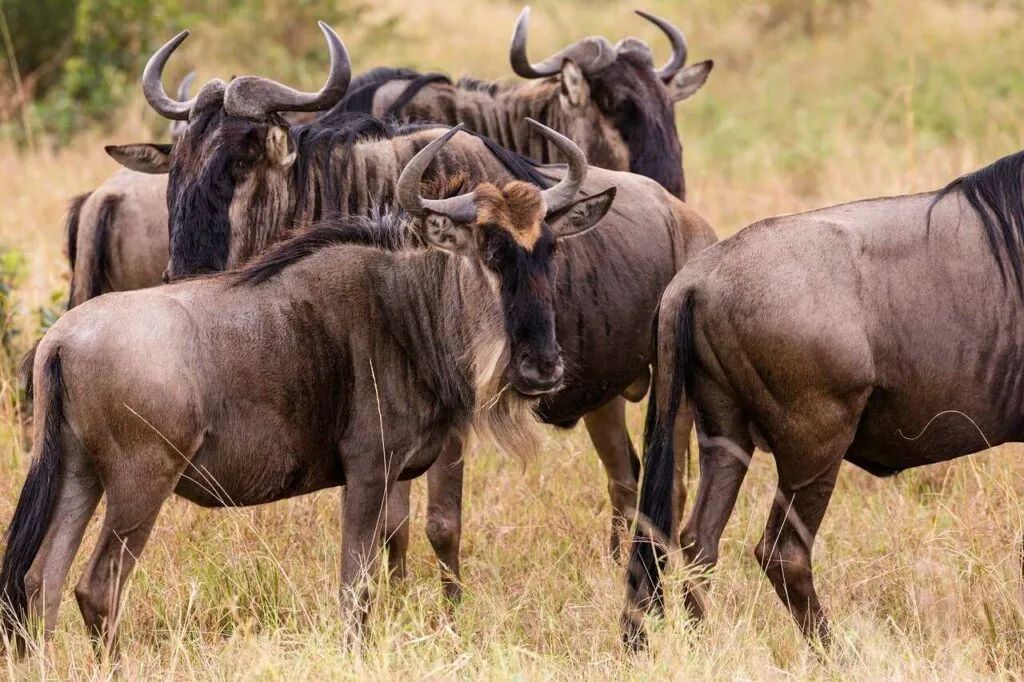
・Blue Wildebeest ・Black Wildebeest
Information
Congratulations! You are the first commenter!

Create Your Favorite List!
Wildebeest
Save the animals you love! Build your own list to quickly revisit your favorites later.

Would you like to leave a comment?
※Please note: This is for the purchase of rights to post comments within the article.
Find Your Favorites!
Our shop offers a unique and attractive selection of goods themed around various animals.
Wildebeest References

- 今泉 吉典(1986年)『動物大百科4 大型草食獣』平凡社
- スミソニアン協会(2017年)『驚くべき世界の野生動物生態図鑑』日東書院本社
- アヌップ・シャー(2013年)『セレンゲティ大接近』日経ナショナルジオグラフィック社
- 一般財団法人 消防防災科学センター「動物雑感(9)大移動をするヌー」 https://www.isad.or.jp/pdf/information_provision/information_provision/no50/43p.pdf
- 一般財団法人 消防防災科学センター「動物雑感(29)ヌーの大移動」 https://www.isad.or.jp/pdf/information_provision/information_provision/no70/84p.pdf
- NATIONAL GEOGRAPHIC「ANIMALSPHOTO ARK Blue Wildebeest」 https://www.nationalgeographic.com/animals/mammals/facts/blue-wildebeest
- ナショナルジオグラフィック「ヌーの大量溺死が川を育んでいた、研究発表」 https://natgeo.nikkeibp.co.jp/atcl/news/17/062100234/
- ナショナルジオグラフィック「動物大図鑑 ヌー」 https://natgeo.nikkeibp.co.jp/nng/article/20141218/428869/
- excite辞書「レイヨウとは・意味」 https://www.excite.co.jp/dictionary/ency/content/レイヨウ/
Wildebeest Introduction of media used
出典:https://www.pexels.com/ja-jp/photo/5146578/

出典:https://pixabay.com/images/id-5797038/

出典:https://pixabay.com/images/id-2541968/

出典:https://www.pexels.com/ja-jp/photo/1096789/

出典:https://www.pexels.com/ja-jp/photo/6056459/

出典:https://pixabay.com/images/id-4785879/

出典:https://pixabay.com/images/id-3093341/

出典:https://commons.wikimedia.org/wiki/File:Gnou_Thoiry_19803.jpg

出典:https://pixabay.com/images/id-637806/
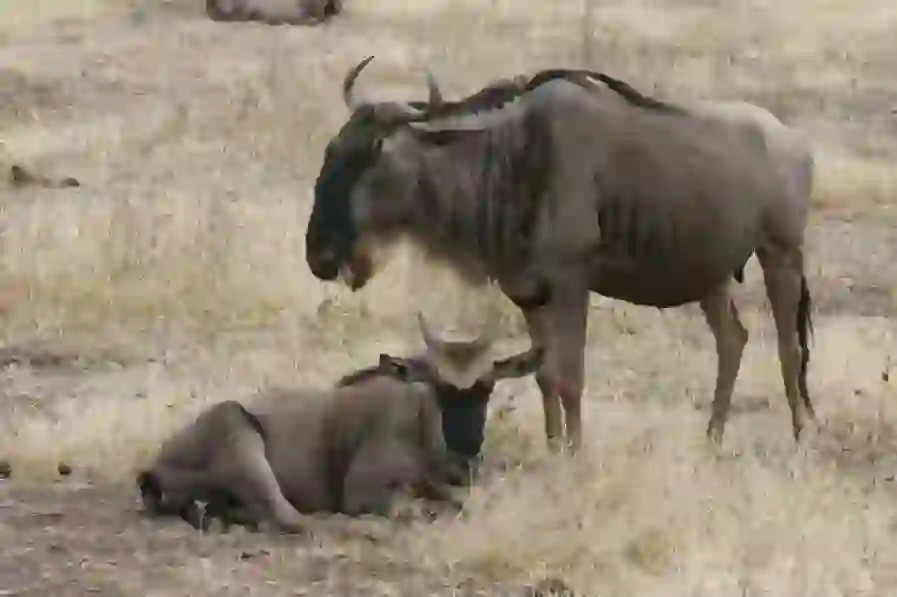
出典:https://pixabay.com/images/id-3426690/
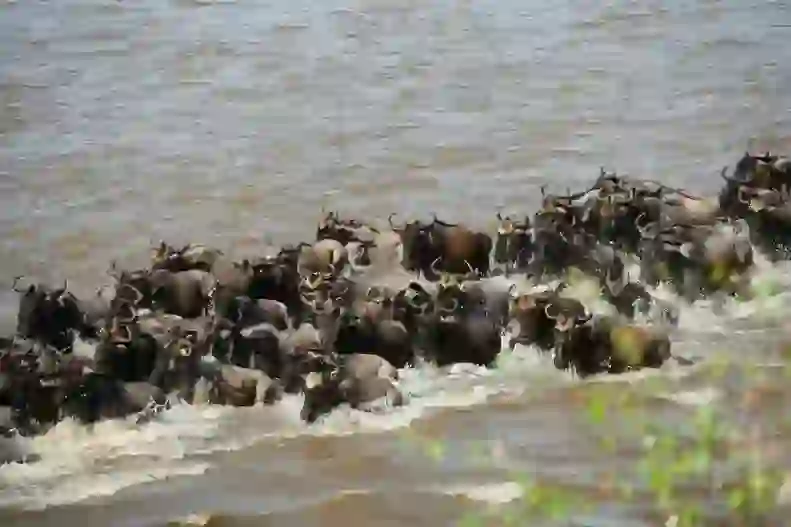
出典:https://pixabay.com/images/id-5730663/

enemy
出典:https://pixabay.com/images/id-3486656/
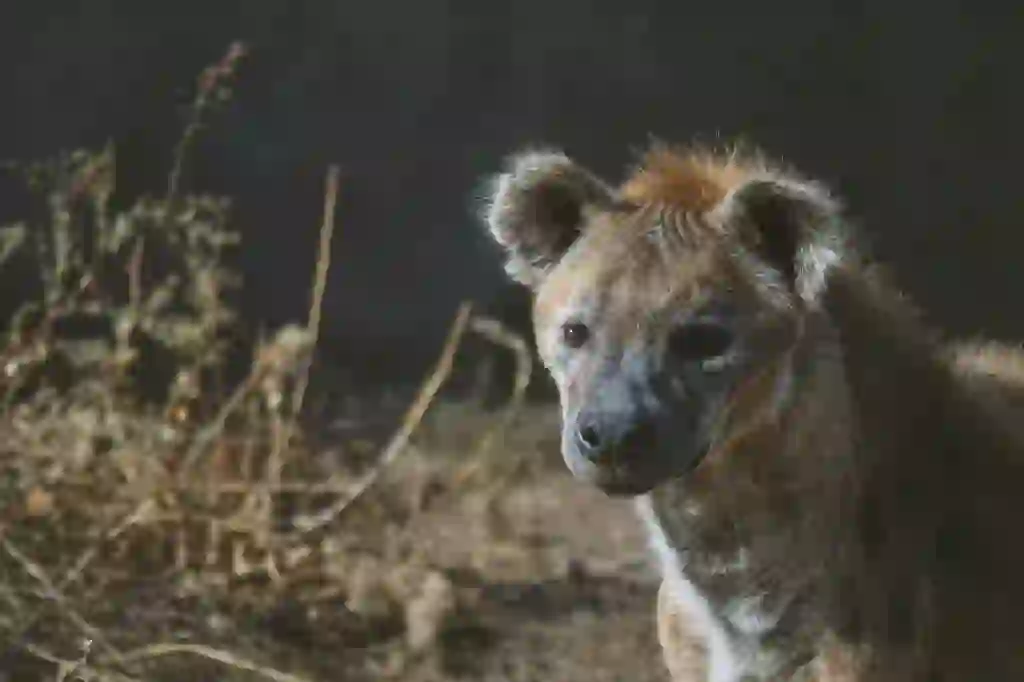
enemy
出典:https://pixabay.com/images/id-4949496/
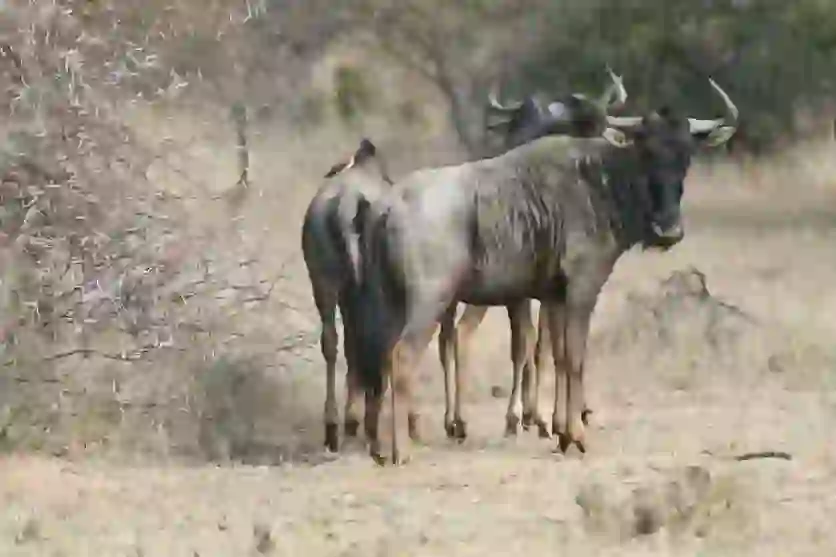
出典:https://pixabay.com/images/id-4605604/

Help Enrich Our Animalbook.jp with Your Media!
We are constantly looking to expand and enrich our Animalbook.jp with amazing photos and videos of animals. If you have any media that you'd like to share, please contribute and help us showcase the beauty and diversity of the animal kingdom. Your submissions will be credited and featured in our encyclopedia, reaching a wide audience of animal lovers.
















